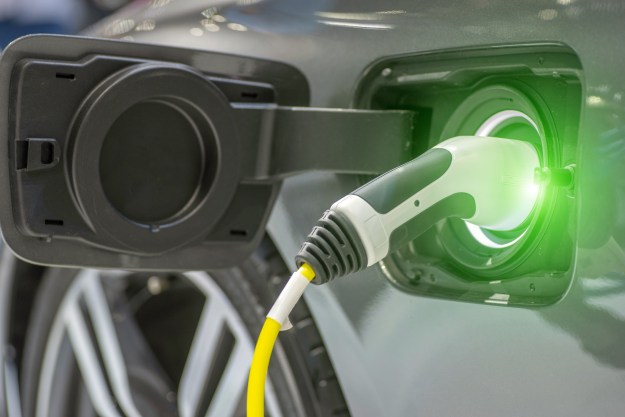
From its three-seat cockpit to its gold-lined engine bay, the McLaren F1 set new standards for radical engineering, and is still considered one of the greatest supercars of all time. Now the F1’s designer, Gordon Murray, is back with a new supercar he claims is even better. Murray calls his T.50 the “spiritual successor” to the F1, aiming to provide the same thrills, but using modern technology to do it.
When it debuted in 1992, the F1 was the fastest production car in the world, with a top speed of 241 mph. But the T.50 (so named because it’s the 50th car Murray has designed) will take a different approach. Instead of chasing impressive numbers, the top priorities for the T.50 will be minimizing weight and maximizing enjoyment for the driver, according to Murray.
“The reality of chasing top speeds only adds weight, notably through ever-more powerful engines, which increases the requirement for larger, heavier ancillaries,” Murray said in a statement. “We are taking a very different approach.”
The T.50 will be constructed mostly from carbon fiber, giving it a curb weight of just 980 kilograms (2,160 pounds), according to Murray. That’s about 1,300 lbs less than a Ferrari SF90 Stradale. Unlike many supercars, the T.50 will also have a relatively compact footprint. It will take up less space than a Porsche 911, according to Murray, which should make it easier to fling around a twisty road with confidence. The T.50 will still have room for three people, as well as “ample” luggage space, according to Murray. The driver will sit in the center of the cockpit — just like in the F1.
Power will come from a 3.9-liter V12, designed specifically for the T.50 by legendary engine developer Cosworth. The V12 will make 650 horsepower and 331 pound-feet of torque, but the most amazing thing about the engine is its ability to rev to a stratospheric 12,100 rpm. Power from the mid-mounted V12 will be sent to the rear wheels through an honest-to-goodness six-speed manual transmission — no dual-clutch gearbox here.
While the T.50 was designed to one-up the McLaren F1, it also includes a notable feature inspired by one of Murray’s other cars. A fan will suck the T.50 down onto the road, just like the famous Brabham BT46B “fan car” Formula One racer. Not only did the fan work in that car, it was so effective that Brabham shelved it after just one race over fears that F1’s organizers would ban it.
Production of the T.50 will be limited to just 100 cars, priced at over 2 million pounds ($2.5 million). The company set up to build the T.50, Gordon Murray Automotive, expects to begin deliveries in 2022. Small upstart companies have a reputation for promising big and failing to deliver, so don’t be surprised if the T.50 doesn’t make it into production. Note that McLaren is developing its own successor to the F1. The Speedtail is a 1,000-hp, 250-mph supercar, but McLaren claims it was also designed with comfort and everyday usability in mind.


